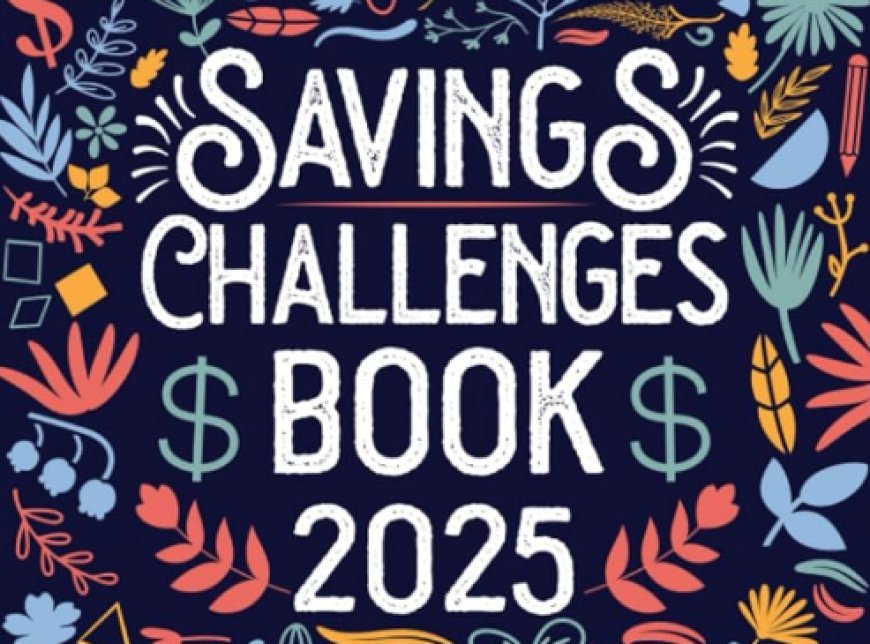How to Balance Spending and Saving in 2025
Learn how to balance spending and saving in 2025 with practical strategies, tools, and long-term planning. Achieve financial stability and secure your future.

How to Balance Spending and Saving in 2025
Balancing spending and saving is a cornerstone of financial health, especially in 2025, where economic uncertainties and rising costs make it more challenging to manage money effectively. Whether you’re saving for a big purchase, planning for retirement, or simply trying to make ends meet, finding the right balance between spending and saving is crucial. This comprehensive guide will provide you with actionable strategies, tools, and insights to achieve this balance and secure your financial future.
1. Understanding the Importance of Balancing Spending and Saving
a. Financial Stability
Balancing spending and saving ensures you can cover your current needs while preparing for future goals.
b. Avoiding Debt
Overspending can lead to debt, while underspending may prevent you from enjoying life. Striking a balance helps you avoid both extremes.
c. Long-Term Goals
Saving allows you to achieve long-term goals like buying a home, funding education, or retiring comfortably.
2. Steps to Balance Spending and Saving
Step 1: Assess Your Financial Situation
- Track Income and Expenses: Use budgeting apps like Mint or YNAB to understand where your money goes.
- Calculate Net Worth: Subtract your liabilities (debts) from your assets (savings, investments) to gauge your financial health.
Step 2: Create a Budget
- 50/30/20 Rule: Allocate 50% of income to needs, 30% to wants, and 20% to savings and debt repayment.
- Zero-Based Budgeting: Assign every dollar a purpose, ensuring no money is wasted.
Step 3: Prioritize Savings
- Pay Yourself First: Automate savings by setting up direct deposits into a savings account.
- Emergency Fund: Save 3-6 months’ worth of living expenses for unexpected costs.
Step 4: Control Spending
- Needs vs. Wants: Differentiate between essential expenses and discretionary spending.
- Use Cash or Debit: Avoid credit card debt by spending within your means.
Step 5: Monitor and Adjust
- Review Monthly: Track your progress and adjust your budget as needed.
- Celebrate Milestones: Reward yourself for reaching savings goals to stay motivated.
3. Tools and Resources
a. Budgeting Apps
- Mint: Tracks spending and helps you create a budget.
- YNAB: Focuses on proactive budgeting to prevent overspending.
b. Savings Apps
- Digit: Automates savings based on your spending habits.
- Qapital: Uses customizable rules to help you save.
c. Financial Education Platforms
- NerdWallet: Provides tips and tools for managing money.
- The Balance: Offers comprehensive guides on personal finance.
4. Advanced Strategies for 2025
a. Automate Finances
Set up automatic transfers for savings, bill payments, and investments to ensure consistency.
b. Use High-Yield Accounts
Store your savings in high-yield savings accounts or money market accounts to earn more interest.
c. Invest Wisely
Allocate a portion of your savings to investments like stocks, bonds, or mutual funds to grow your wealth.
d. Reduce Debt
Focus on paying off high-interest debt to free up more money for savings and discretionary spending.
5. Common Mistakes to Avoid
- No Budget: Without a budget, it’s easy to overspend and undersave.
- Impulse Buying: Unplanned purchases can derail your financial goals.
- Neglecting Savings: Failing to save can leave you unprepared for emergencies or future needs.
- Lifestyle Inflation: Avoid increasing spending as your income grows; instead, save the difference.
6. Long-Term Strategies for Financial Health
a. Set SMART Goals
Define Specific, Measurable, Achievable, Relevant, and Time-bound financial goals.
b. Build an Emergency Fund
Save 3-6 months’ worth of living expenses to cover unexpected costs.
c. Plan for Retirement
Contribute to retirement accounts like a 401(k) or IRA to secure your financial future.
d. Invest in Financial Education
Learn about personal finance, budgeting, and investing to make informed decisions.
7. Conclusion
Balancing spending and saving in 2025 requires discipline, planning, and the right tools. By assessing your financial situation, creating a budget, prioritizing savings, and controlling spending, you can achieve financial stability and work toward your long-term goals.
For more insights on personal finance, visit Varient News.
Summary & Description (Meta Tag)
Summary: Learn how to balance spending and saving in 2025 with practical strategies, tools, and long-term planning. Achieve financial stability and secure your future.
Description: Discover the best methods for balancing spending and saving in 2025. From budgeting to advanced strategies, this guide covers everything you need to manage your money effectively.
Keywords (Meta Tag)
balance spending and saving, financial planning 2025, budgeting tips, savings strategies, financial stability
Links to Sources and Apps
What's Your Reaction?
 Like
0
Like
0
 Dislike
0
Dislike
0
 Love
0
Love
0
 Funny
0
Funny
0
 Angry
0
Angry
0
 Sad
0
Sad
0
 Wow
0
Wow
0


























































